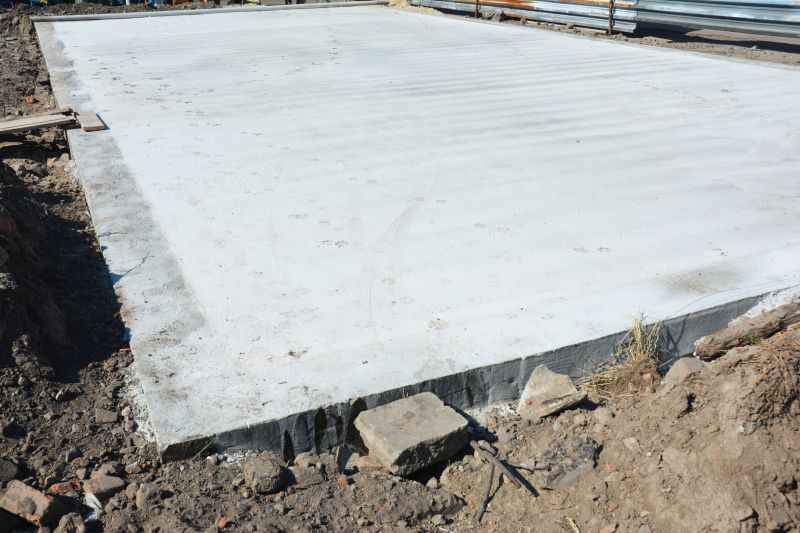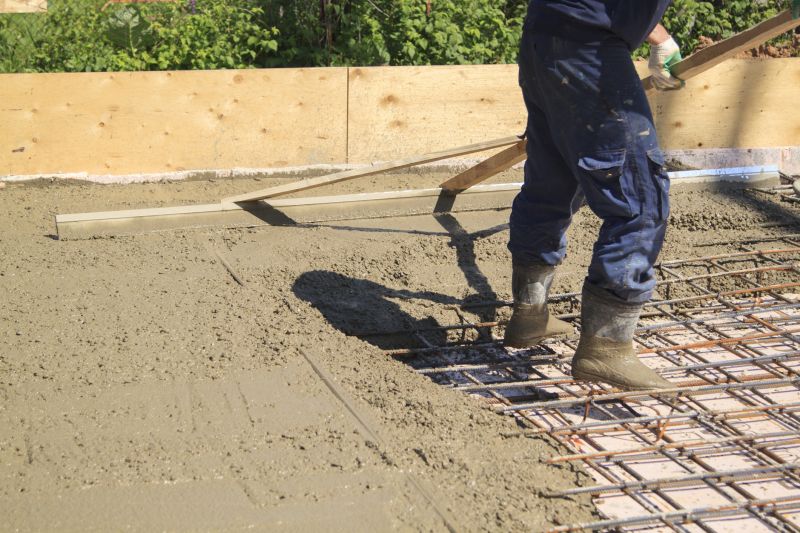Optimal Timing for Concrete Installation

Ways to make Concrete Installations work in tight or awkward layouts.

Popular materials for Concrete Installations and why they hold up over time.

Simple add-ons that improve Concrete Installations without blowing the budget.

High-end options that actually feel worth it for Concrete Installations.
Concrete installation timing is crucial to ensure durability and optimal curing. The best time for concrete work typically aligns with mild weather conditions, avoiding extreme temperatures and moisture levels. Proper planning can extend the lifespan of the concrete structure and reduce potential issues such as cracking or uneven setting.
Spring and fall are generally preferred for concrete installations due to moderate temperatures and lower humidity, which support proper curing and strength development.
Concrete sets best when temperatures are between 50 and 85 degrees Fahrenheit. Extreme cold can hinder curing, while excessive heat can cause rapid drying and cracking.
Avoid concrete work during rainy or extremely hot days. Rain can weaken the mix, and high temperatures can lead to rapid evaporation, affecting curing quality.
Seasonal variations influence moisture levels and temperature, which are critical for concrete curing. Planning around these factors ensures better results.
Concrete installations are a vital component of many construction projects, providing strength and stability. Proper timing ensures the concrete cures correctly, achieving maximum strength and minimizing defects. The curing process typically requires moisture and temperature control, making weather conditions a key factor in scheduling. According to industry standards, optimal concrete curing involves maintaining adequate moisture for at least seven days, depending on the mix and environmental factors.

Finishes and colors that play nicely with Concrete Installations.

Little measurements that prevent headaches on Concrete Installations day.

A 60-second routine that keeps Concrete Installations looking new.

A frequent mistake in Concrete Installations and how to dodge it.

Small tweaks to make Concrete Installations safer and easier to use.

Lower-waste or water-saving choices for Concrete Installations.
| Season | Temperature Range (°F) |
|---|---|
| Spring | 50-85 |
| Summer | 50-85 |
| Fall | 50-85 |
| Winter | Above 50 with heating measures |
Choosing the right time for concrete installation involves considering both seasonal weather patterns and specific project requirements. Proper scheduling can help prevent common issues such as cracking, scaling, and improper curing. Consulting with experienced contractors can ensure the timing aligns with local climate conditions for the best long-term results.
